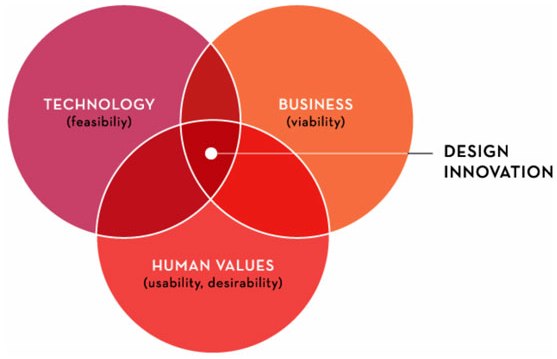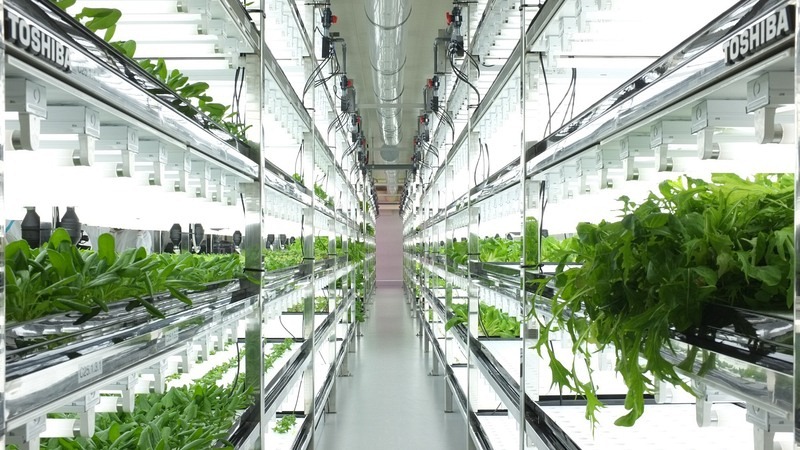Enterprises today are in the middle of a highly disruptive environment, which require them to be highly Agile and develop strategies that normally could not be reached through only analytical thinking. Small and medium sized enterprises are very Agile compared to large enterprises. This lethargic approach of big players could be due to plenty of reasons; a traditional way of doing things, enough customers in their pocket, don’t have ample time to make strategy changes or just their monstrous size.
Companies that are slow to respond like Kodak, Nokia and Blackberry have vanished.
On the other side, millennials, remote working, and the rise of co-working spaces are fast changing how big enterprises work. The need of the moment is that enterprises embrace the lens of design thinking to innovate their legacy products and services, and to transform the lives of their customers and employees.
Why Enterprises Need Design Thinking?
The competition is intense and new players are introducing new products every day. Therefore, enterprises products also go through multiple releases and new features are added to increase their usability and desirability. However, at the same time, they unintentionally make these products more complex. Users are looking for better user experience at every touch point and get easily thrown off otherwise. Design thinking helps enterprises in simplifying and modernizing software products for everyone.
More companies are embracing a human centered strategy to innovate their legacy products and services. To imbibe innovation, companies need their folks to apply design thinking approach, which until now have been restricted to the realm of only UX designers.
Shift to Design Thinking Can be Tough

Innovation is risky
It involves a lot of courage to try something new in an already instituted stereotype. Here a lot depends on the leaders, who can encourage a culture that allows people to take a risk and even encourage failures to move forward.
Disturbing the orderly
Large organizations are generally spread across multiple continents, where employees work in a particular way. Embracing the design thinking approach can overhaul their predictable operational efficiency and hamper their guaranteed quarterly returns in the short term.
Resetting expectations
Design thinking is not the solution to every single problem. It helps people and organization cut through complexity and bring innovation, but it’s not the tool for running the everyday things.
Enter Innovation

Humanizing the products For CUSTOMERS
The enormity of budgets, different lines of business, and the daunting timelines, take the human element out of the complex and interdependent software products. Enterprises are mostly focussed on addressing the requirements of scaling and revenues than to focus on benefiting individual consumers.
Design thinking allows enterprises to conceptualize problems and fine tune their solutions based on the day-to-day experience and the pain points of the human beings and coming up with solutions using the latest and the greatest technologies out there.
Happiness and productivity for EMPLOYEES
Most of the companies are struggling with employee attrition. Traditional employee programs were designed to train people, improve their performance and contribute towards product growth, but often resulted in employee dissatisfaction and unhappiness.
Enterprises are hiring more and more millennials, who are difficult to keep motivated compared to older generations. This calls for innovative and creative thinking in terms of planning, perks, workplace, culture and many other motivators. The focus on creating processes centered around improving employee’s personal experience contribute to their satisfaction and productivity.
Innovation and Radical Breakthroughs For COMPANIES
Large corporations have better access to consumers data. The stories, experiences, blunders, confusions and triumphs of real humans help them reach to valuable insights. This awareness of consumer behavior helps them in coming up with innovative ways to improve their services and leads to robust, usable and appreciated products.
It will also help in a smooth transition of employees’ perspective from being process focussed to customer focussed. Happy and productive employees will have more empathy for consumers and a healthy mind to reach innovative solutions. The companies can future proof themselves with design thinking until the next big disruption happens.
Going Green, Design Thinking Way
What comes to your mind when I say TOSHIBA? Laptops, Televisions, or Air Conditioners. How about Green Leafy Vegetables. Shocked? Toshiba, the Japanese Electronics Manufacturer, had been struggling with their disused factories that were once actively churning out floppy disks. When floppy disks lost their charm, the factories remained shut for a decade. After applying design thinking, Toshiba decided to convert these factories into vegetable farms, growing lettuce, spinach, and other green leafy vegetables.

Wait… this is not some ordinary lettuce, it grows in climate controlled rooms and on a special formulation of nutrients and fertilizers. No bugs, no pesticides, no dust, no microbes, the vegetables from Toshiba farms are clean and healthy to consume. Toshiba is growing over 3 million units of vegetables annually since 2015. In the future, they are also planning to introduce robots that pick vegetables.
Wait Toshiba is not alone… Sharp is growing Japanese strawberries, while Panasonic is busy making Popeye’s favorite Spinach in abandoned factories.
Design Thinking, the Only Way
Implementing design thinking is definitely not an easy task, but with it, you can create a workplace where employees look forward to work and innovate. This cultivates empathy for customers and paves the way for rapid prototyping and user testing to launch innovative products quickly to the market. Through design thinking approach, enterprises have seen dramatic improvements in their top and bottom lines, companies have been able to completely transform their lines of business and fight the disruption.
Is big disruption bothering you? INKONIQ can help, speak to our design thinking experts today.
